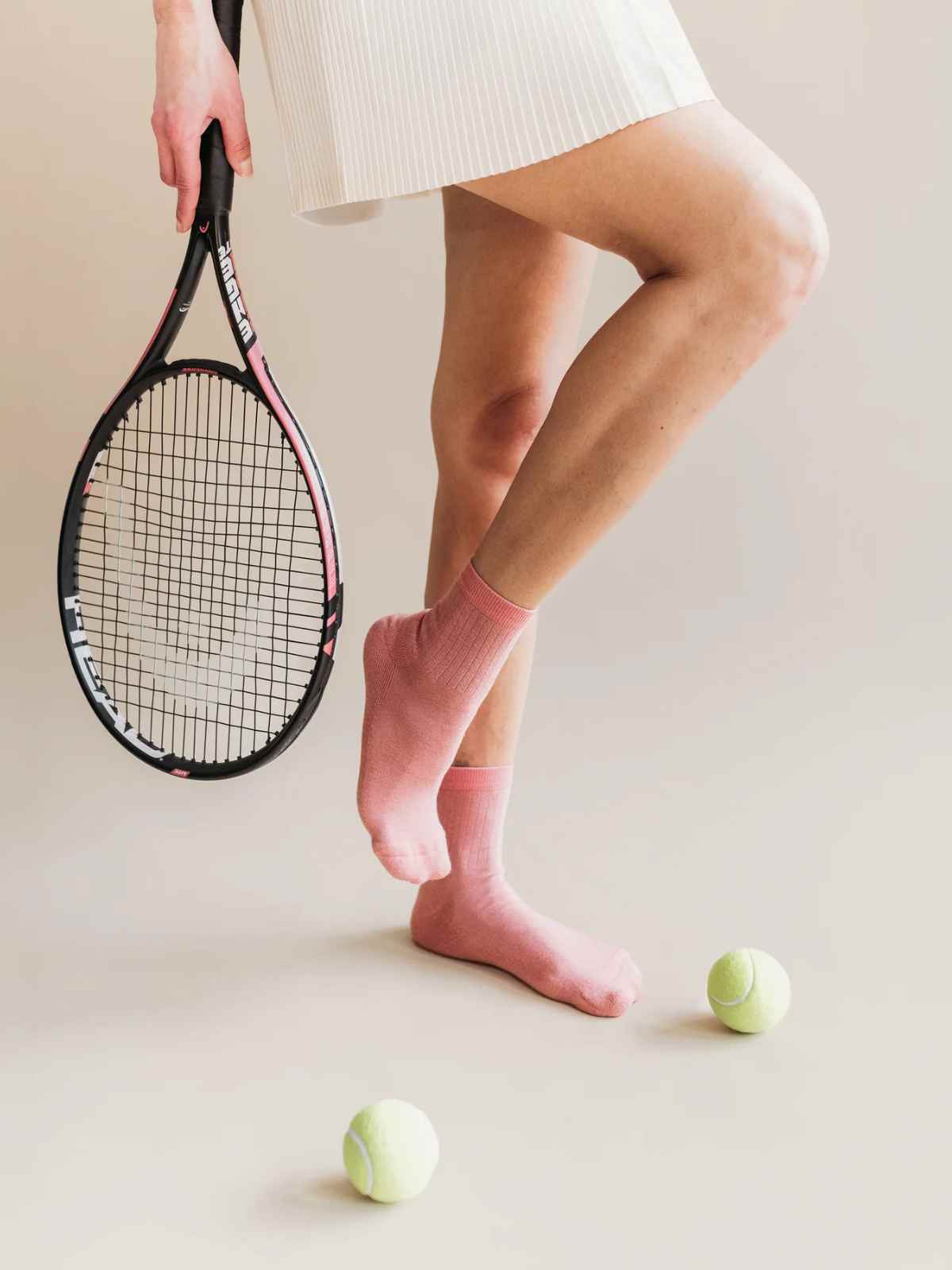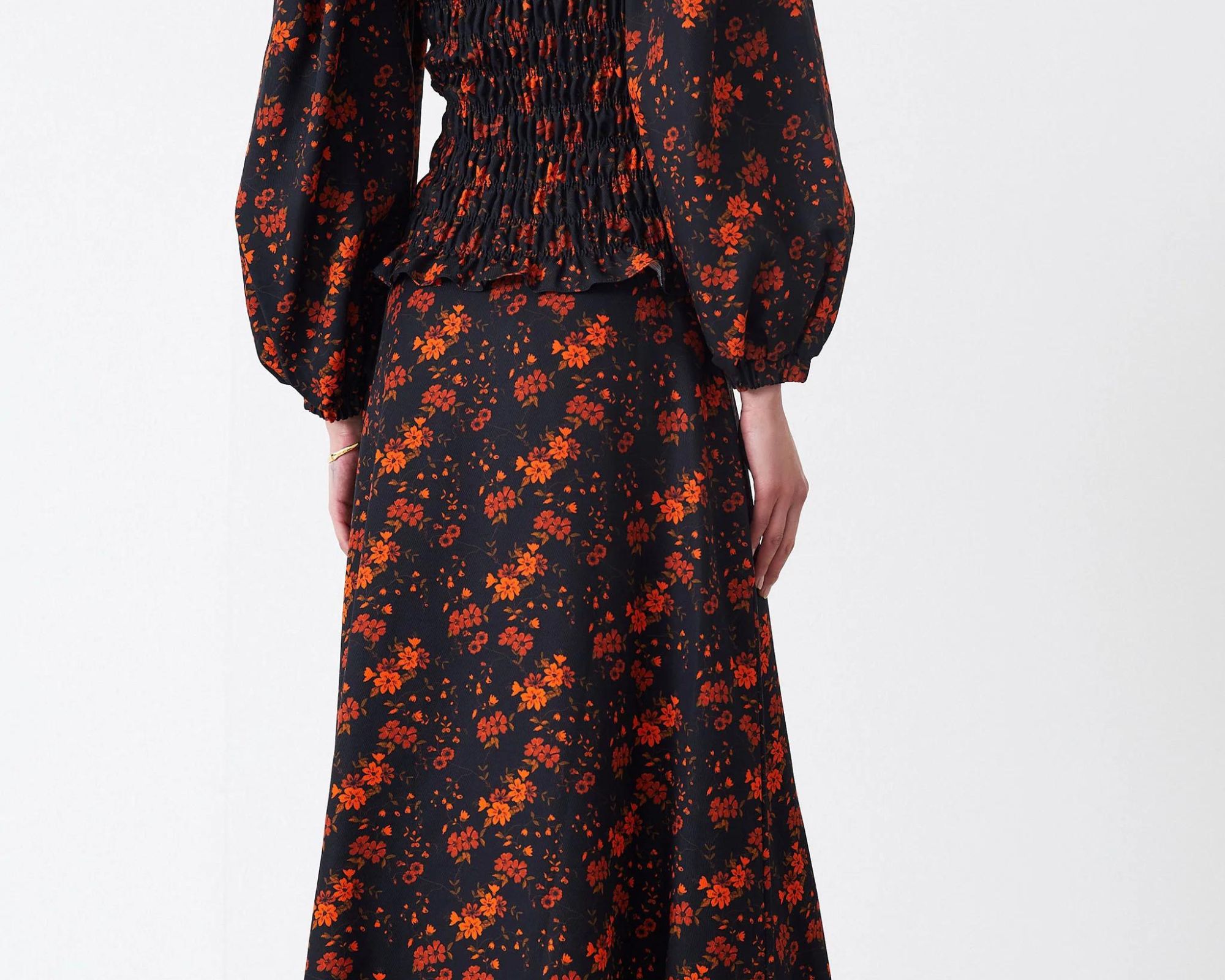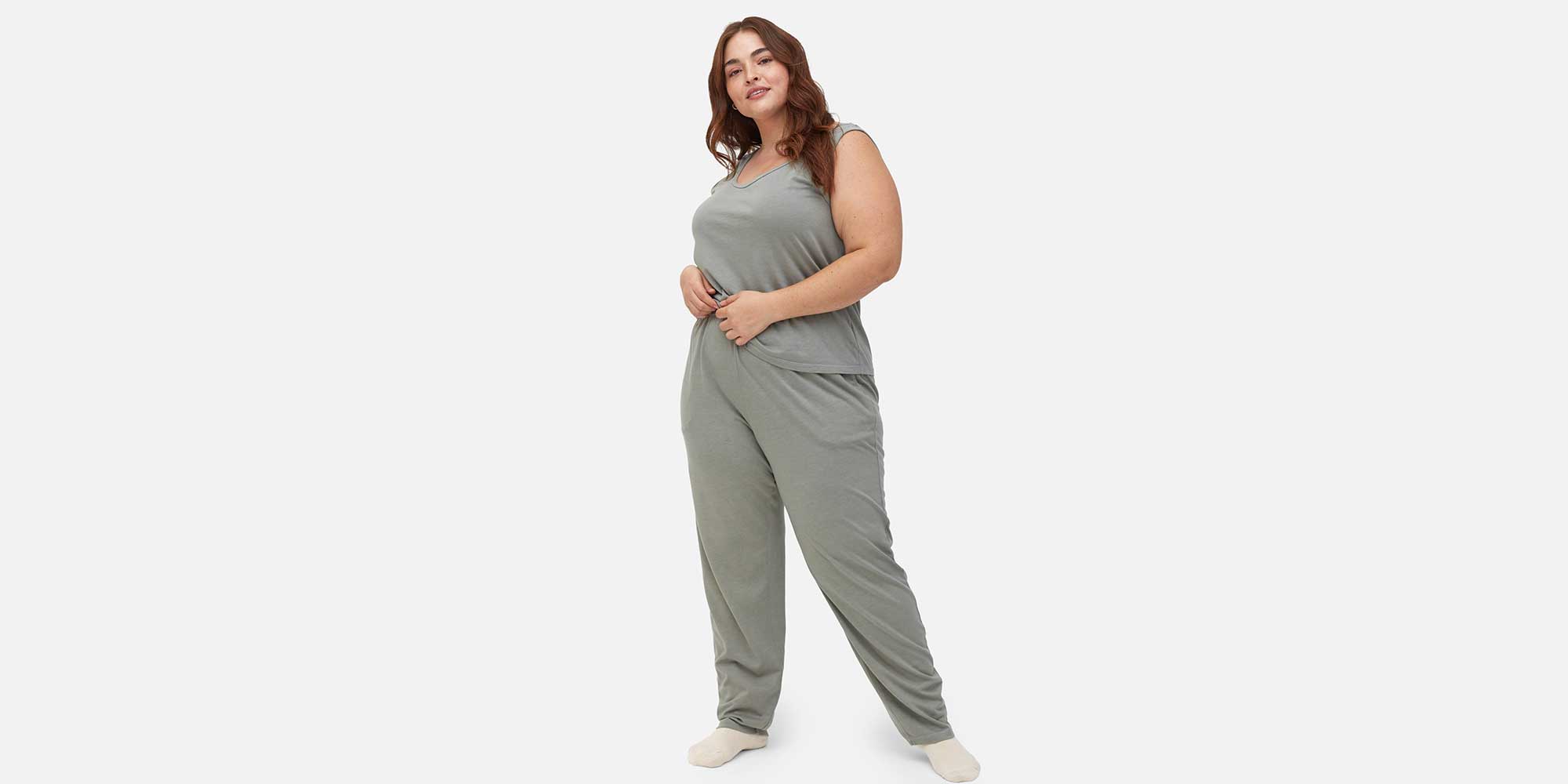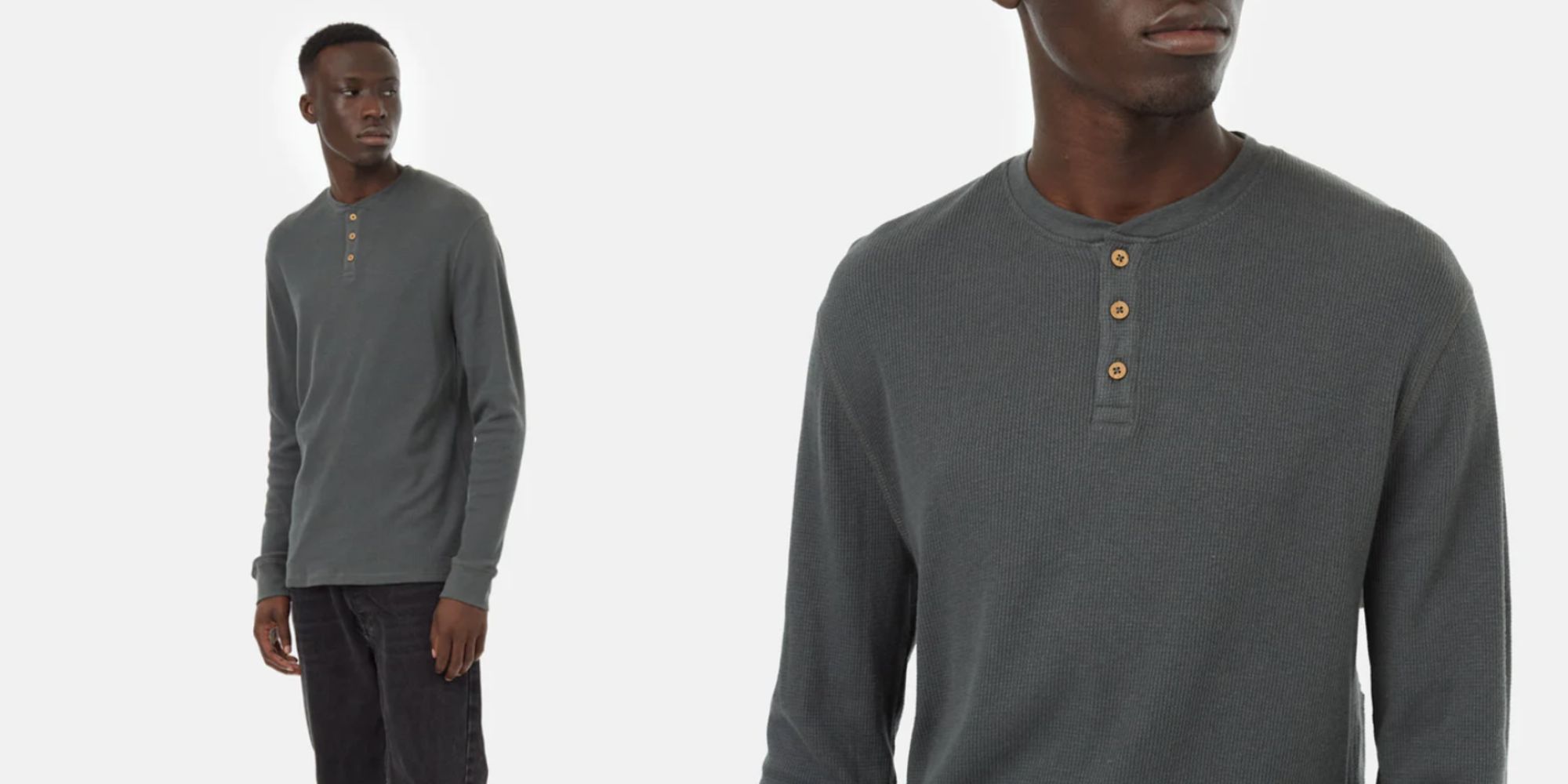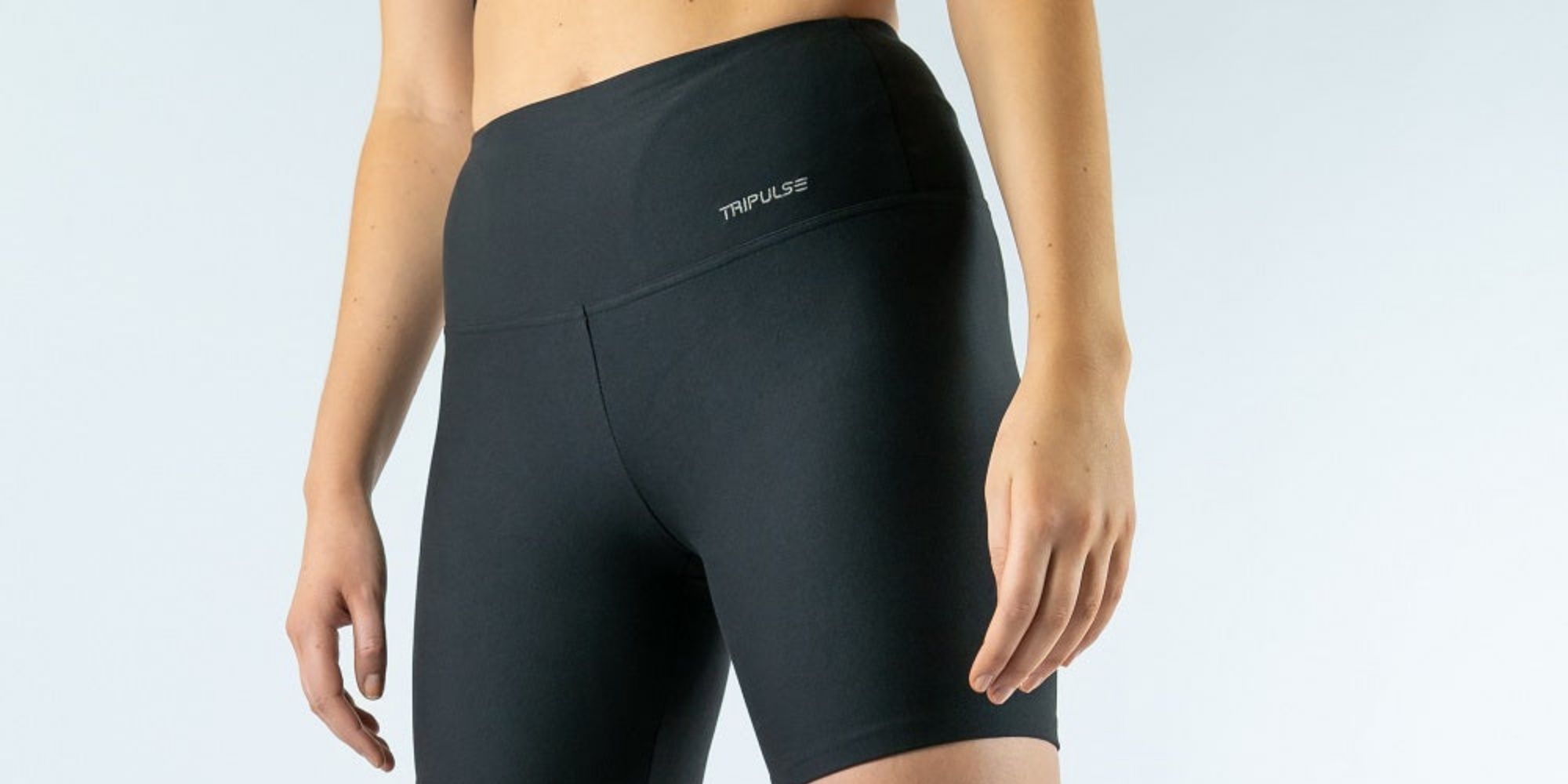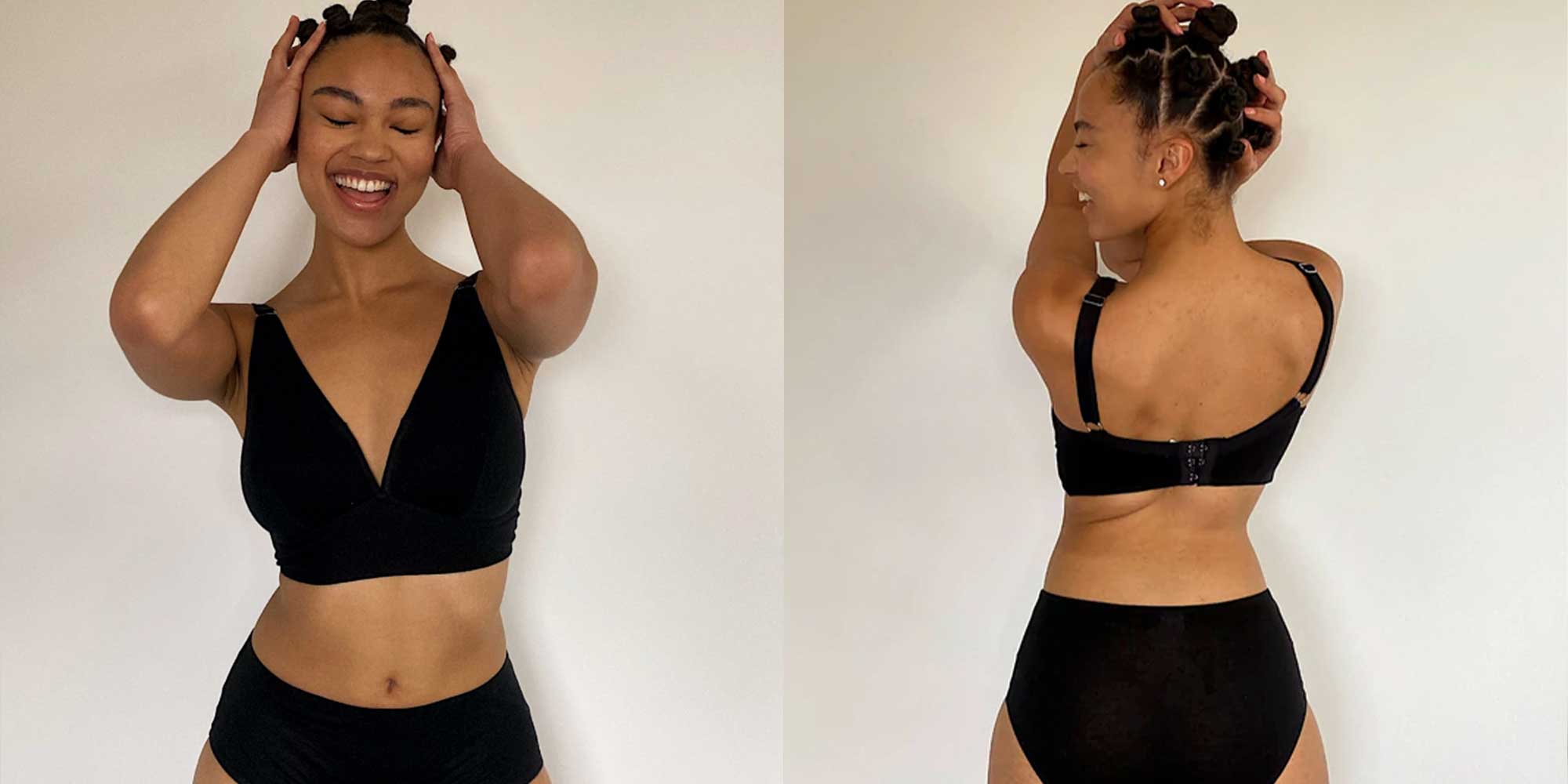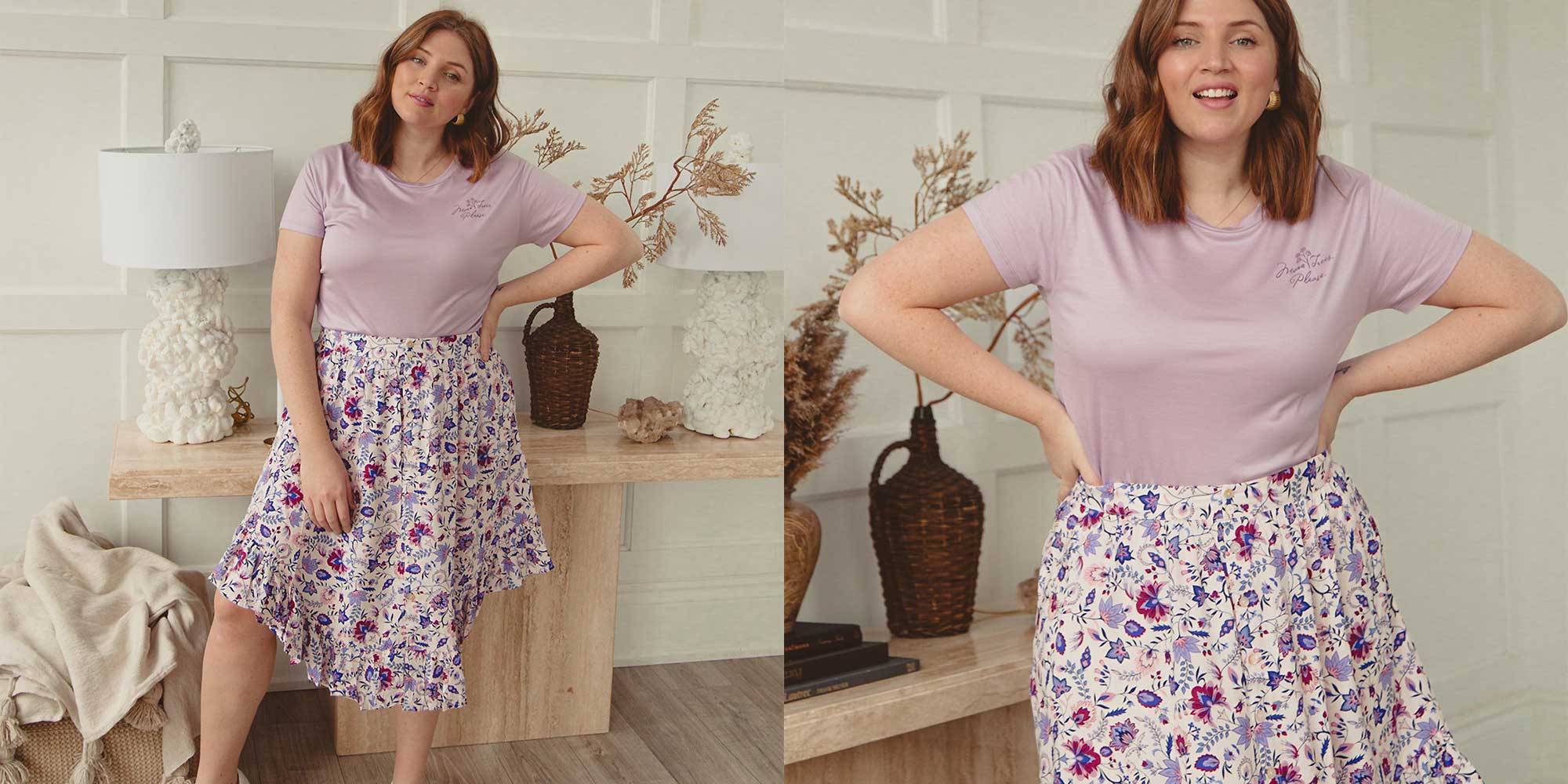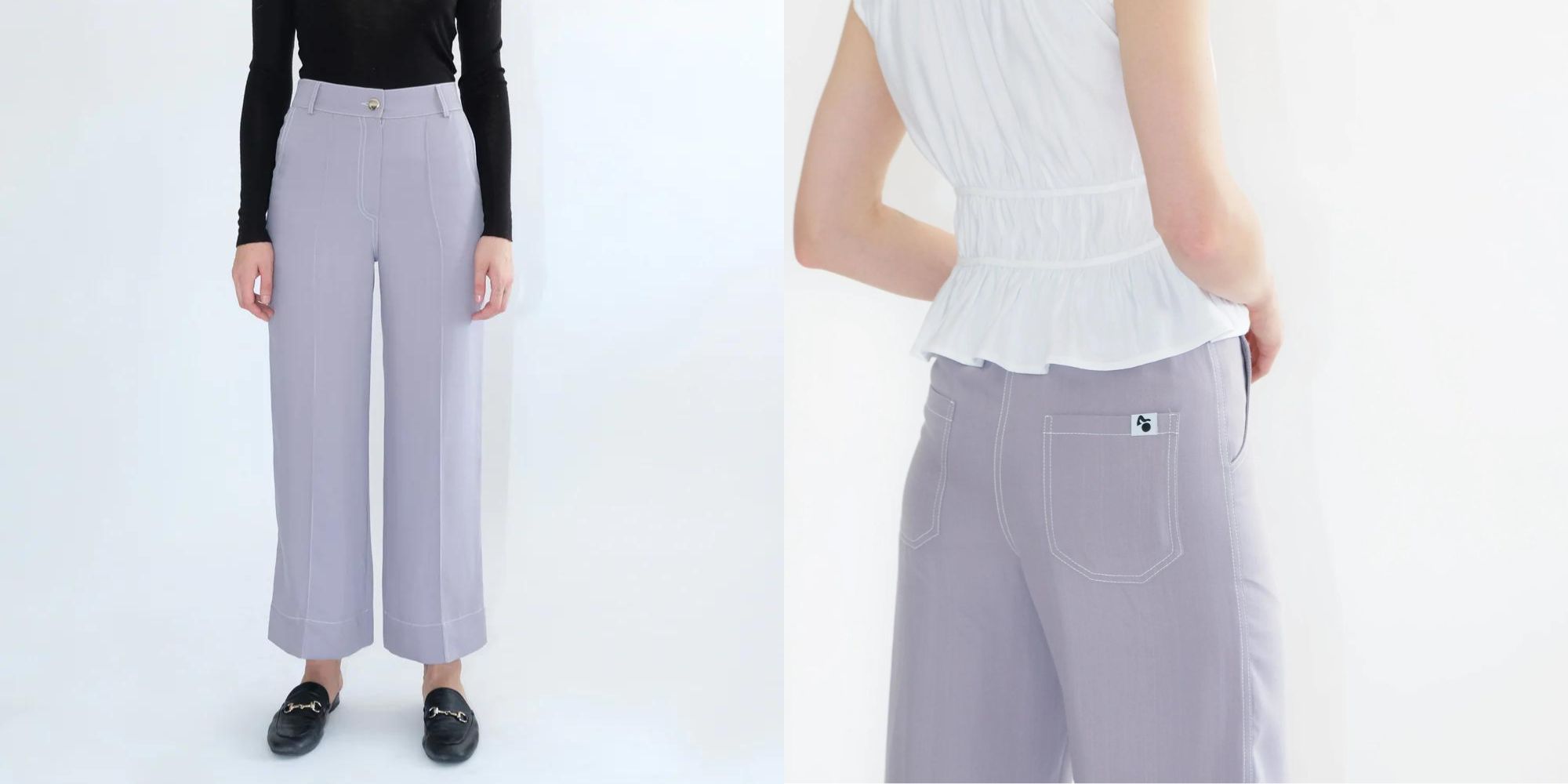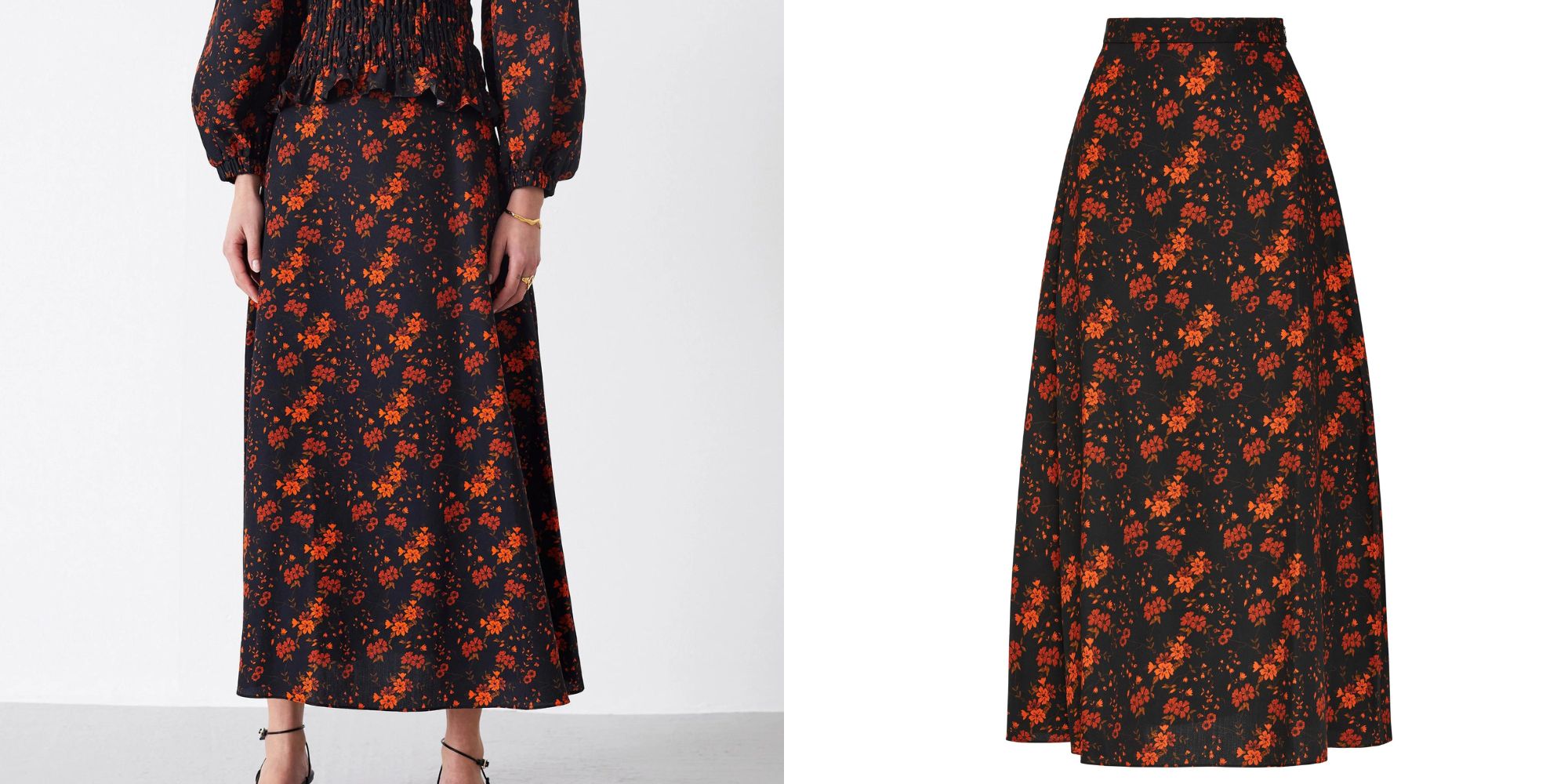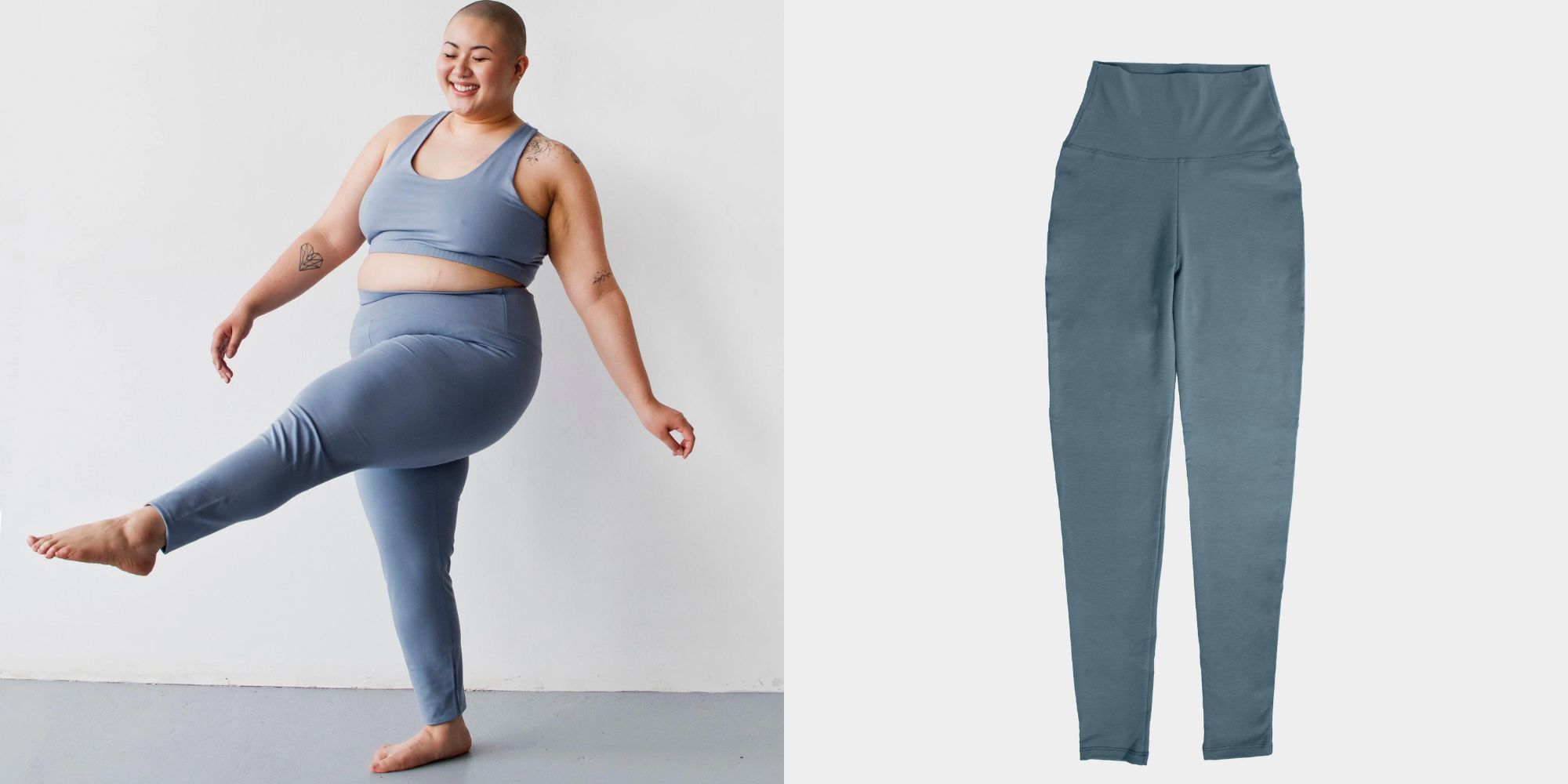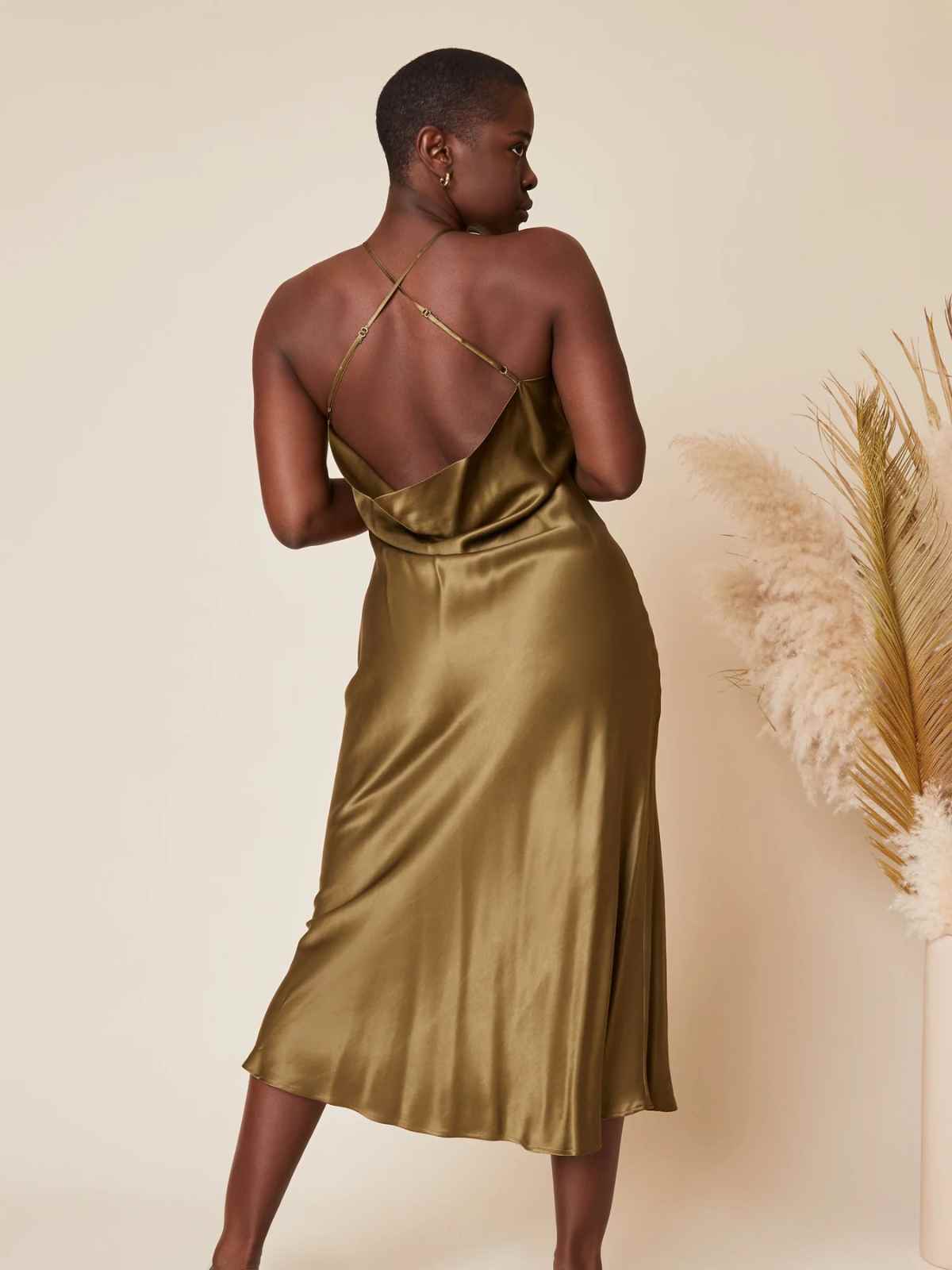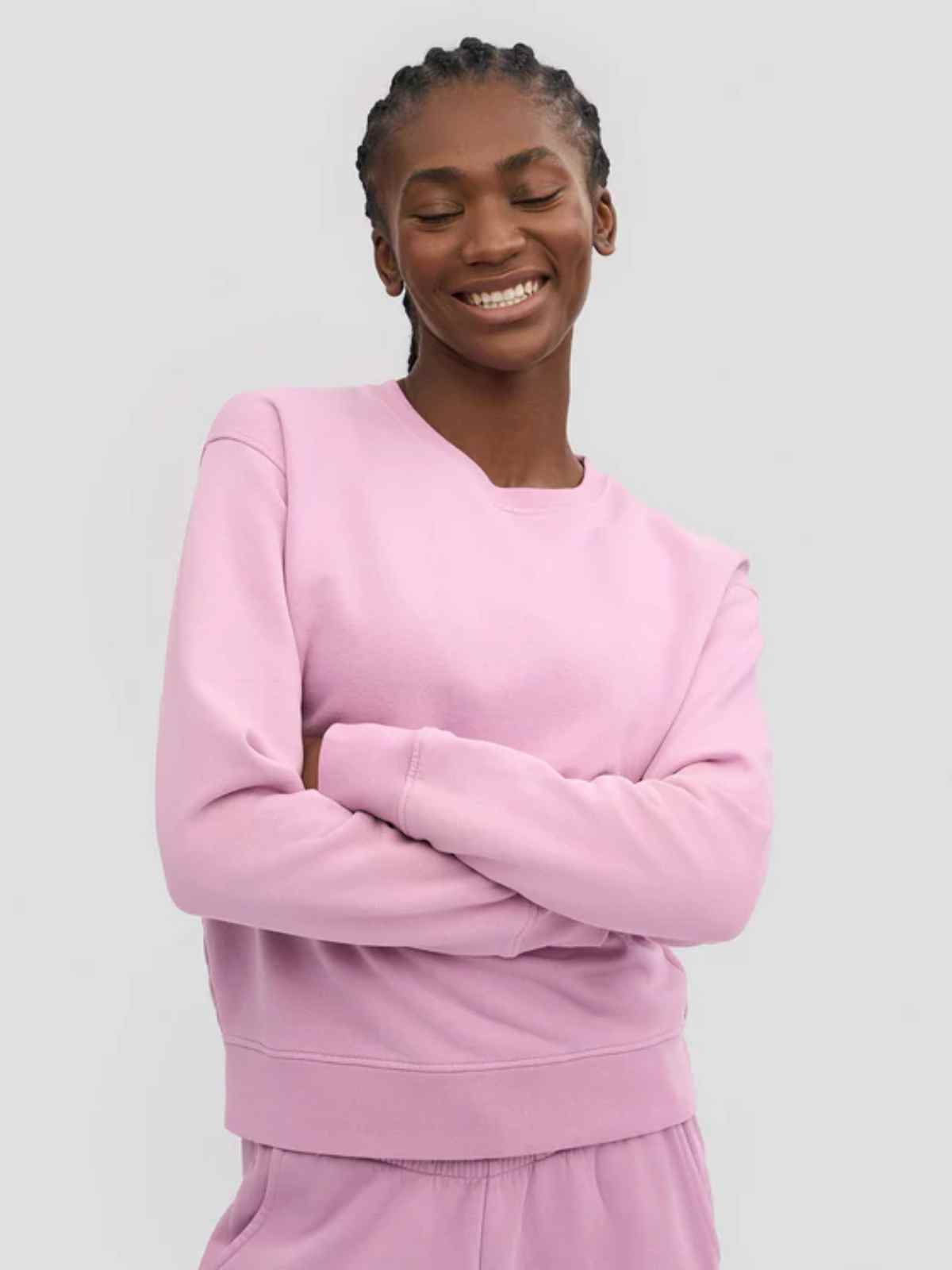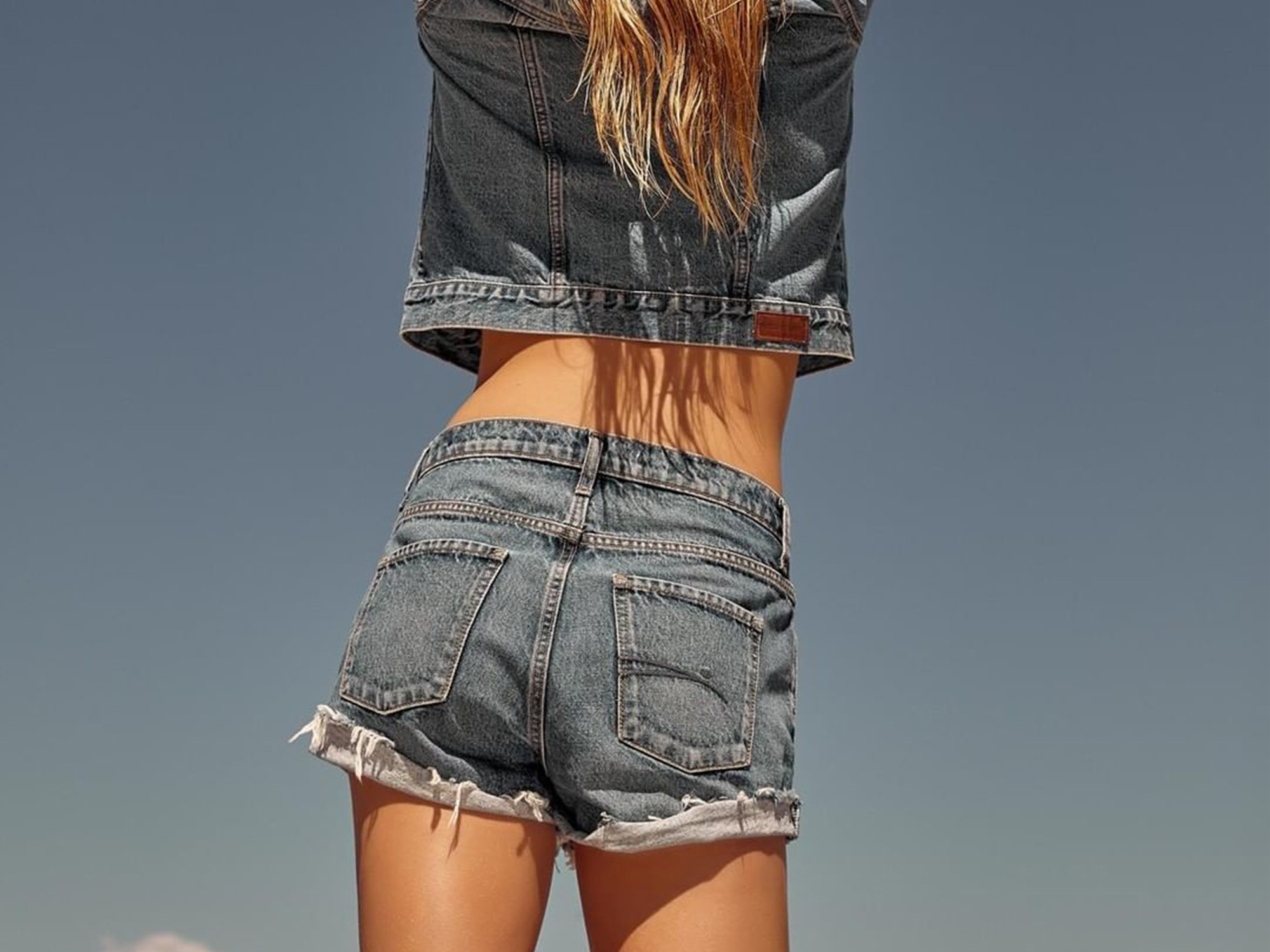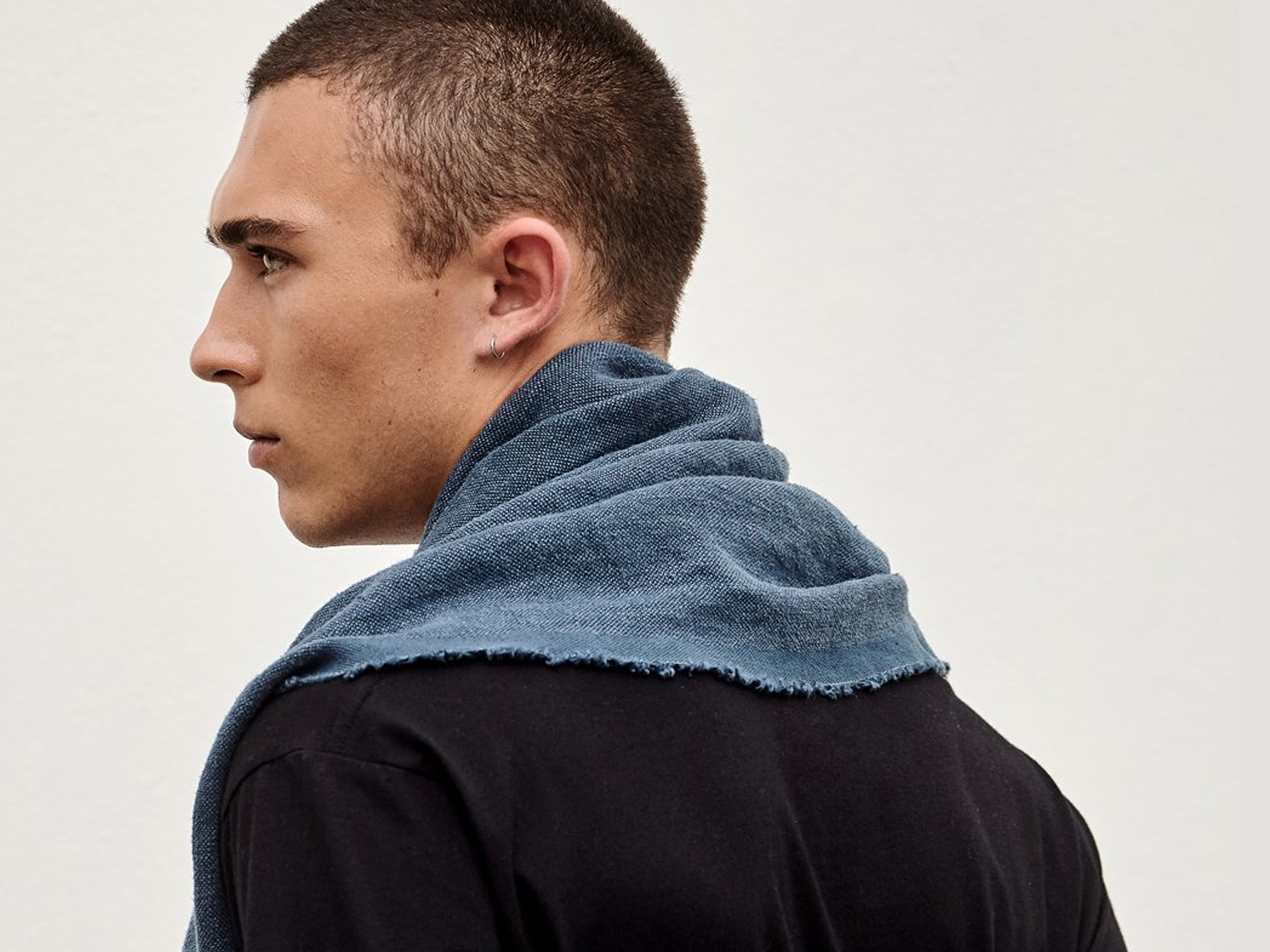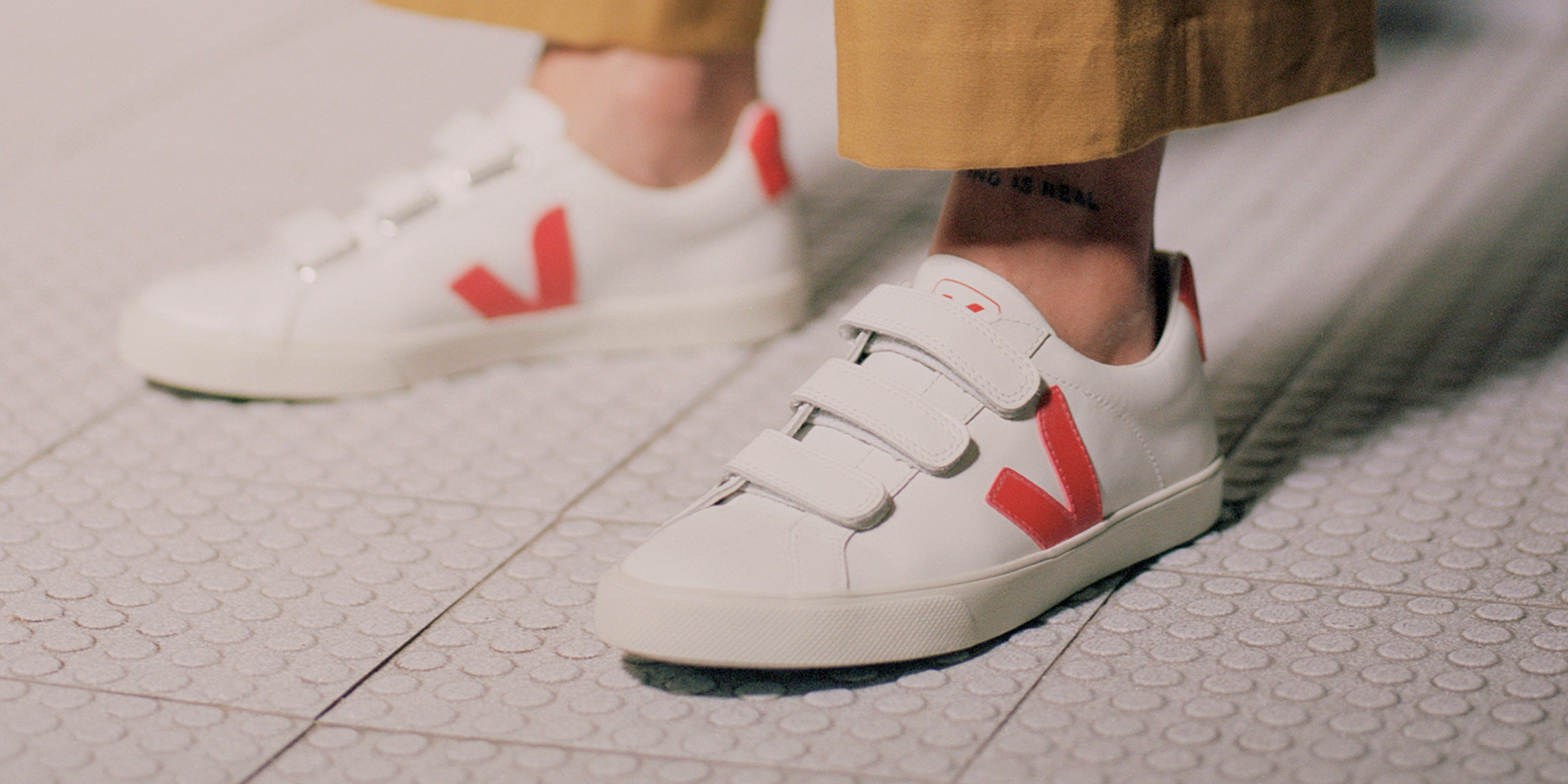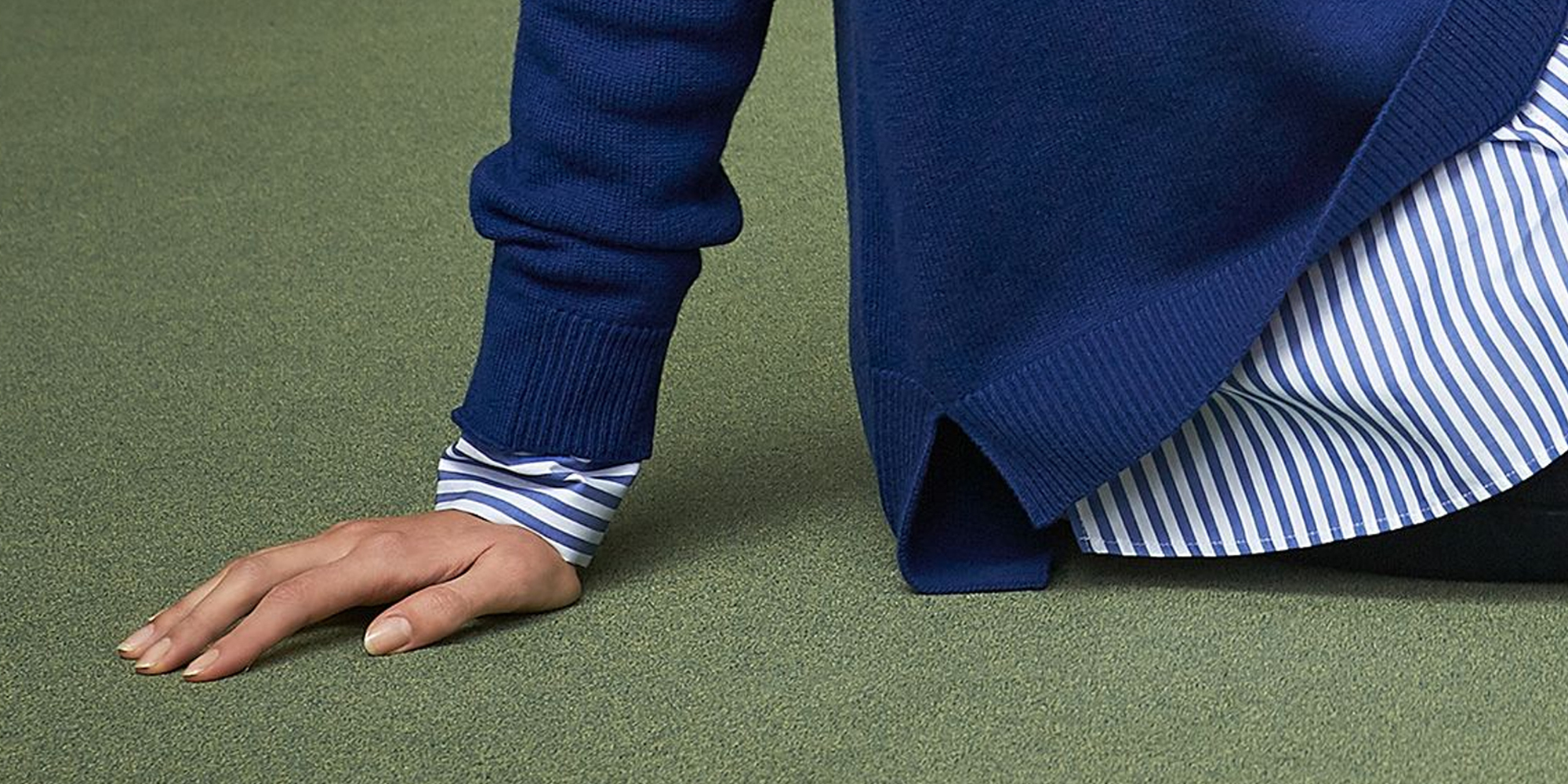Our editors curate highly rated brands that are first assessed by our rigorous ratings system. Buying through our links may earn us a commission—supporting the work we do. Learn more.
TENCEL is a popular fabric of choice for more conscious clothing brands. It’s light and versatile, and used in everything from casual wear to underwear to activewear. But what impact does it have on people, the planet, and animals? Is TENCEL ethical and sustainable? We’ve put together a cheatsheet to help demystify this fabric and put the power back in your hands.
What is TENCEL?
In a world facing environmental catastrophe, consumers are catching onto the fact that their choices must extend beyond style and comfort. More sustainable fashion has emerged as a powerful way to reduce our ecological footprint and promote more ethical practices within the industry. While navigating the water of responsible fashion, you might have noticed one material continuing to crop up: TENCEL Lyocell. This versatile fabric has captured the attention of more environmentally-conscious brands and consumers alike. Below, we delve into the intricacies of TENCEL Lyocell, exploring its sustainability claims, impact on our planet, and the factors that make it an attractive option for those seeking more eco-friendly wardrobe choices.
Note that the TENCEL brand name is owned by the Austrian company Lenzing AG. The company provides two types of fibres under the TENCEL brand—TENCEL Lyocell and TENCEL Modal. In this article we’ll be putting the spotlight on TENCEL Lyocell.
How is TENCEL made?
TENCEL Lyocell is a man-made cellulosic fibre, similar to viscose and modal. To make TENCEL Lyocell, wood pulp is dissolved in a solvent, and this mixture is pushed through a spinneret (a device which looks similar to a shower head) to form fibre strands in a solvent spinning process. The resulting fibres can then be spun into yarns, and later woven or knitted to make cloth. Sounds simple enough—but what kind of environmental footprint does this process have?
So how does TENCEL impact the environment?
TENCEL Lyocell is better for the environment than other similar fabrics, but not as low-impact as top-tier fabrics like organic linen or recycled cotton.
In production, TENCEL requires less energy and water than conventional cotton. As a plant-derived fibre, TENCEL is also biodegradable, but check that it isn’t mixed with other synthetic fibres like nylon when it comes time to dispose of the garment. Although like most materials, it is often coloured with harmful conventional dyes, TENCEL requires a lot less dye than cotton. It is also pure white when produced, so no bleaching is necessary and undyed is always an option.
Another version of TENCEL incorporates REFIBRA technology, which uses a mix of wood pulp and cotton pulp as a raw material. The cotton pulp is derived from recycled cotton scraps, further reducing environmental impact.
TENCEL v traditional viscose/rayon
There are two main ways TENCEL Lyocell differs from most other fabrics made from wood fibre.
First, at the chemical treatment stage. The traditional viscose process is chemically-intensive, using harmful sodium hydroxide. TENCEL replaces it with the NMMO process. The solution of N-Methylmorpholine N-oxide is more easily recoverable, and a closed-loop solvent system means almost no solvent is dumped into the ecosystem. Instead, it is recycled time and time again to produce new fibres and minimise harmful waste. Lenzing AG says the solvent recovery rate for their version is an impressive 99%, and it also recycles the process water.
Second, TENCEL is made from responsibly-sourced wood, while around 30% of rayon and viscose used in fashion is made from pulp sourced from endangered and ancient forests. Lenzing AG states it sources from more sustainably-managed PEFC or FSC tree plantations. This is good news, considering concerns about the increasing impact of viscose production on deforestation.
Other sources of lyocell
Lyocell fabric is also manufactured by a company called Birla, under the name Birla Excel. In 2017, the Rainforest Alliance assessed Birla Excel as at low risk of sourcing products from ancient or endangered forests or other controversial sources. Birla also claims to recover over 90% of chemicals used in Excel production. This is an industry-leading result, so clothing made from Birla-sourced lyocell is another good option.
As versatile as it gets
TENCEL fabric is extremely versatile. Depending on the length of the fibre chosen in production, varying thickness and texture can result. From a cottony feel to a silky one, the fabric adapts to a wide range of clothing types, from activewear to flowy dresses. casual wear and intimate apparel.
According to Lenzing, TENCEL has incredible absorption characteristics: 50% more than cotton. Because it’s more breathable and less susceptible to odorous bacteria growth like environmentally-damaging synthetics, this fabric is ideal for activewear. So if exercising is part of your daily routine, consider investing in high quality, durable garments that are good for your skin, such as those made from TENCEL. Perfect for a sweaty gym or hot yoga session.
Worth the investment
While it’s true that TENCEL garments may come with a slightly higher price tag than conventional fabrics, it’s essential to view this investment through a long-term lens. The added cost reflects a commitment to quality, durability, and sustainability. TENCEL Lyocell’s inherent resilience ensures that your clothing will withstand the test of time, reducing the need for frequent replacements. Moreover, the lower environmental impact of TENCEL’s production and its biodegradability contribute to a more responsible fashion ecosystem. By choosing TENCEL, you’re not just purchasing a piece of clothing; you’re making a contribution to a greener future and redefining the value of your fashion choices.
Caring for your TENCEL garments
Caring for your TENCEL garments properly is essential to help them last as long as possible. Fortunately, keeping TENCEL in top notch condition is relatively simple. Follow these guidelines to ensure your clothing stays in great shape:
- Washing: machine wash your TENCEL garments on a gentle cycle using cold water. Use a mild, more eco-friendly detergent to minimise environmental impact. Avoid harsh detergents and bleaches, as they can damage the fabric’s integrity.
- Drying: opt for air-drying whenever possible. If using a dryer, select a low heat setting to prevent excessive shrinkage or damage to the fibres.
- Ironing: use a low-heat iron setting for TENCEL clothing. If your iron has a steam setting, that can help remove wrinkles effectively.
- Storage: hang TENCEL garments to allow them to breathe and prevent creasing. Avoid direct sunlight, which can cause colours to fade over time.



